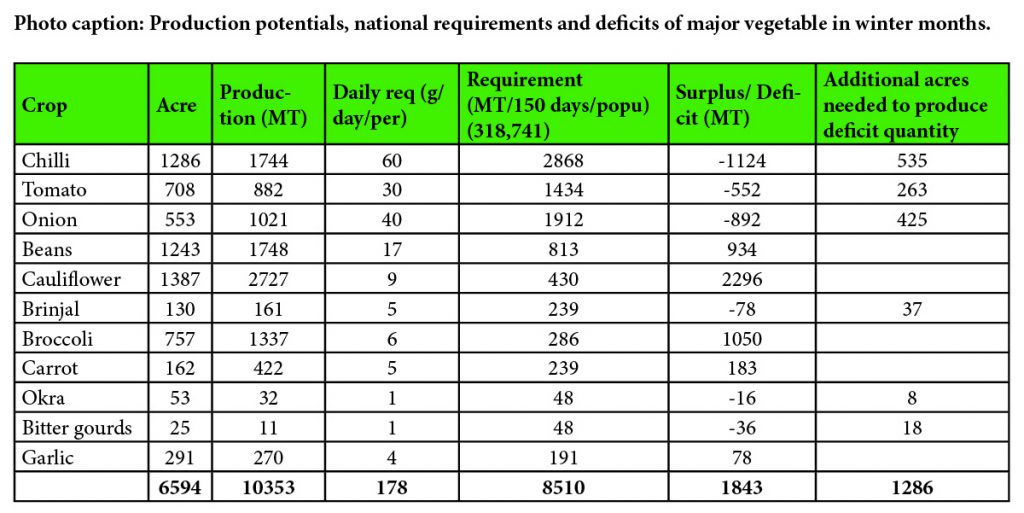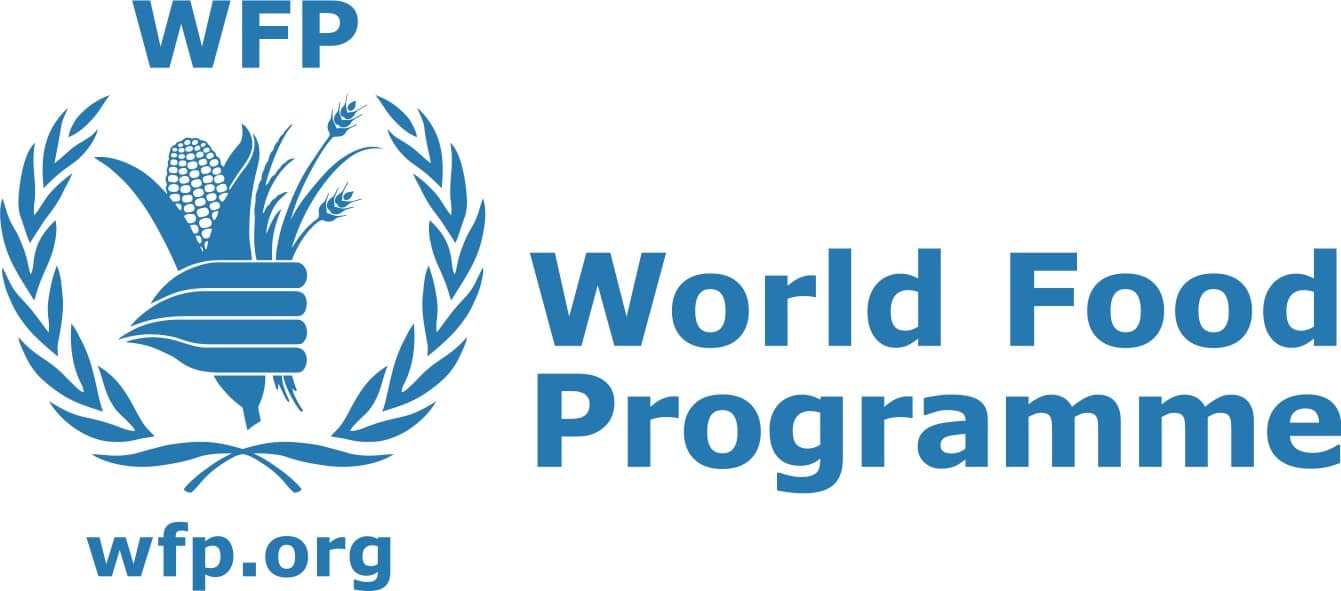With most of the vegetables in Bhutan produced during summer-autumn period and the winter-spring season largely dependent on imported vegetables, the agriculture ministry is focusing on seven southern Dzongkhags with Farm Machinery and Corporation Limited to grow winter vegetables to substitute import.
The amount of vegetables imported has decreased due to the local transmission of the COVID-19 in the country and the season for most vegetables gets over by winter months resulting in growing demand but limited supply for vegetables around the time.
Bhutan imported 17,855MT of fresh vegetables in 2018 and 10,455MT in 2019, which is a decrease of 41% compared to 2018.
For the winter months, the agriculture ministry’s statistics show there is deficit of 1,124MT of chilli, 892MT of onion, 552MT of tomato, 78MT of brinjal, 36MT of bitter gourds, and 16MT of okra requiring an additional 1,286 acres of land needed to produce the deficit quantity.
However, the vegetables namely beans, carrot, garlic are in surplus with 2,296MT of cauliflower and 1,050MT of broccoli during winter months.
Currently, statistics show that there is 1,744MT of chilli, 882 of tomato, 1,021MT of onion, 1,748MT of beans, 2,727MT of cauliflower, 161MT of brinjal, 1,337MT of broccoli, 422MT of carrot, 32MT of okra, 11MT of bitter gourds, and 270MT of garlic produced in the country in the winter months.
The Chief Agriculture Officer, Department of Agriculture, Ministry of Agriculture and Forests, Namgay Thinley said the government has focused on seven southern Dzongkhags for winter vegetable production in Samdrup Jongkhar, Pemagatshel, Sarpang, Tsirang, Dagana, Chukha and Samtse.
The Dzongkhags are selected based on the good climatic conditions in winter season to grow the 11 major vegetables, he said. The ministry targets production of 1,801MT of chilli, 306MT of onion, 459MT of tomato, 973MT of beans, 57MT of bitter gourd, 87MT of brinjal, 637MT of broccoli, 42MT of carrot, 1,705MT of cauliflower, and 30.6MT of okra in 3,826 acres of land from the seven Dzongkhags.
Onion, tomato and chilli are the mandatory crops to be grown in all Dzongkhags while the other Dzongkhags have to grow the identified signatory crops based on the production potential, said Namgay Thinley.
To boost the farmers and commercial farms to grow the winter vegetables, the government introduced loan scheme with a ceiling of Nu 500,000 through the National Cottage and Small Industry Development on October 5. The loans are expected to be disbursed by mid-October.
Bhutan exported 3,687MT of vegetables worth Nu 73.95mn in 2019 which is double of 1,731MT worth Nu 35.51mn in 2018.
Thukten Zangpo from Thimphu














